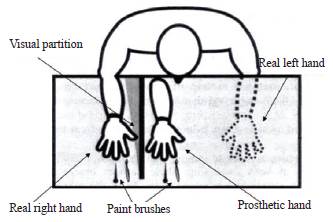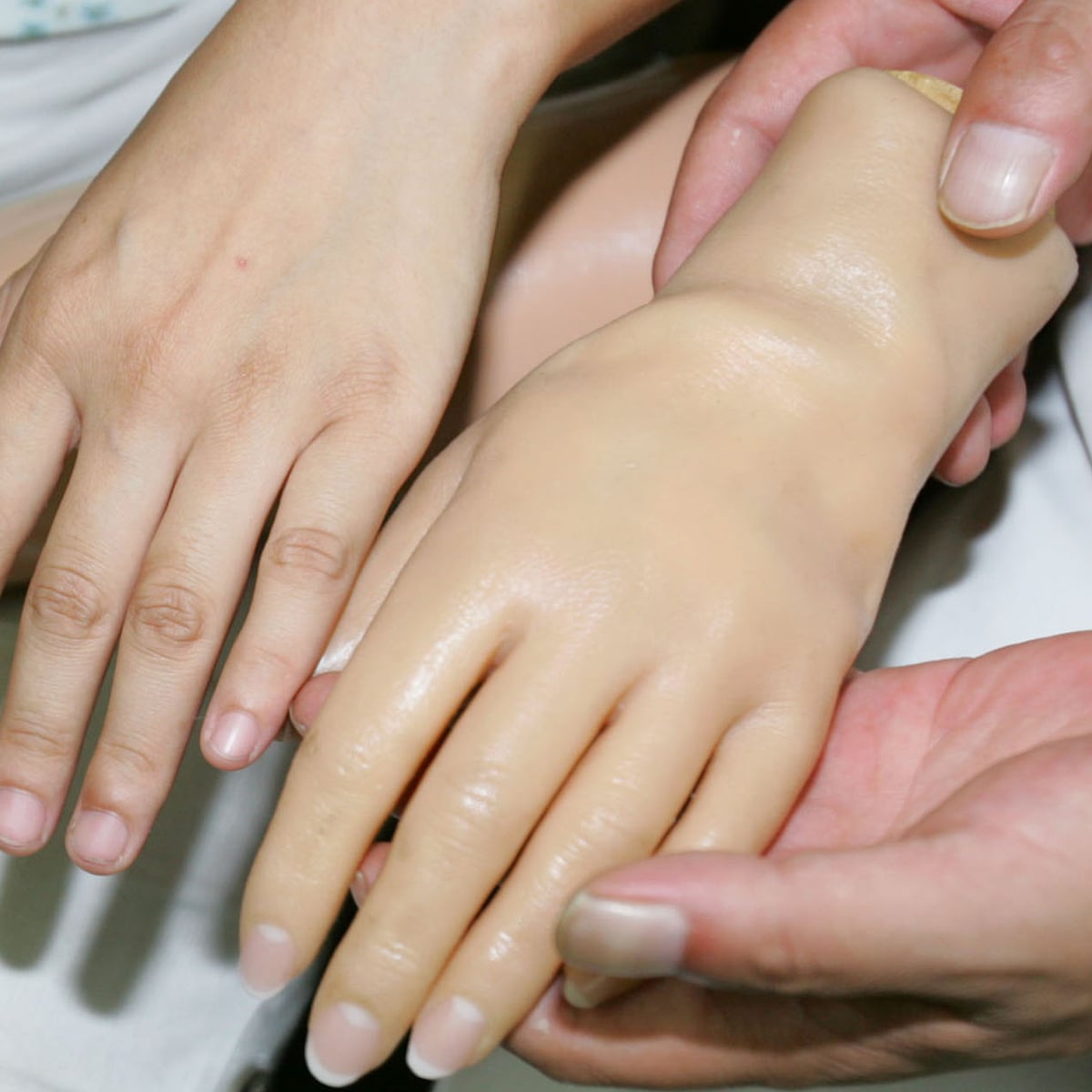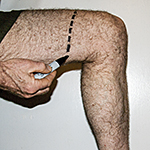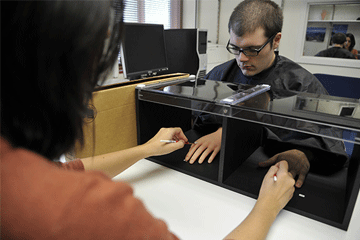The bodily boundaries in amputees may seem to be more malleable than in non amputees given the propensity for a phantom limb to embody a mirror reflected hand.
Rubber hand illusion phantom limb.
However in the present investigation in which phantom limb illusions within body space are induced and manipulated we found that perceiving phantom sensations and illusory embodiment does not require amputation.
It will also investigate how such an experience can be applied for instance to the treatment of phantom limb pain.
Body transfer illusion has been used in order to treat the experience of phantom limb pain by giving visual feedback of the missing limb.
Now researchers find not even a rubber hand is needed to create an illusion of a phantom limb.
Surprisingly an invisible hand will work too.
The rubber hand illusion leads to a limb specific drop in temperature of the real hand a shift in tactile processing such that tactile information from the real hand are given less weighting by the brain than identical stimuli from the opposite hand and increased reactivity to intradermal histamine.
The mirror box gives visual feedback that can allow a person using it the opportunity to see the missing hand and to manipulate the hand in an attempt to relieve pain or discomfort.
Lenggenhager et al 2007.
Where a person feels that only by amputating a limb can their body match their sense of self she said.
Scientists performed the rubber hand illusion.
This video will demonstrate how to induce this body transfer trick called the rubber hand illusion where a fake limb is perceived as being real using methods originally devised by botvinick and cohen.
Surprisingly in the present modified rubber hand illusion we found that simultaneous stroking or stimulation of the participant s.
Blanke et al 2015 one potent example is the well studied rubber hand illusion rhi botvinick and cohen 1998.

























